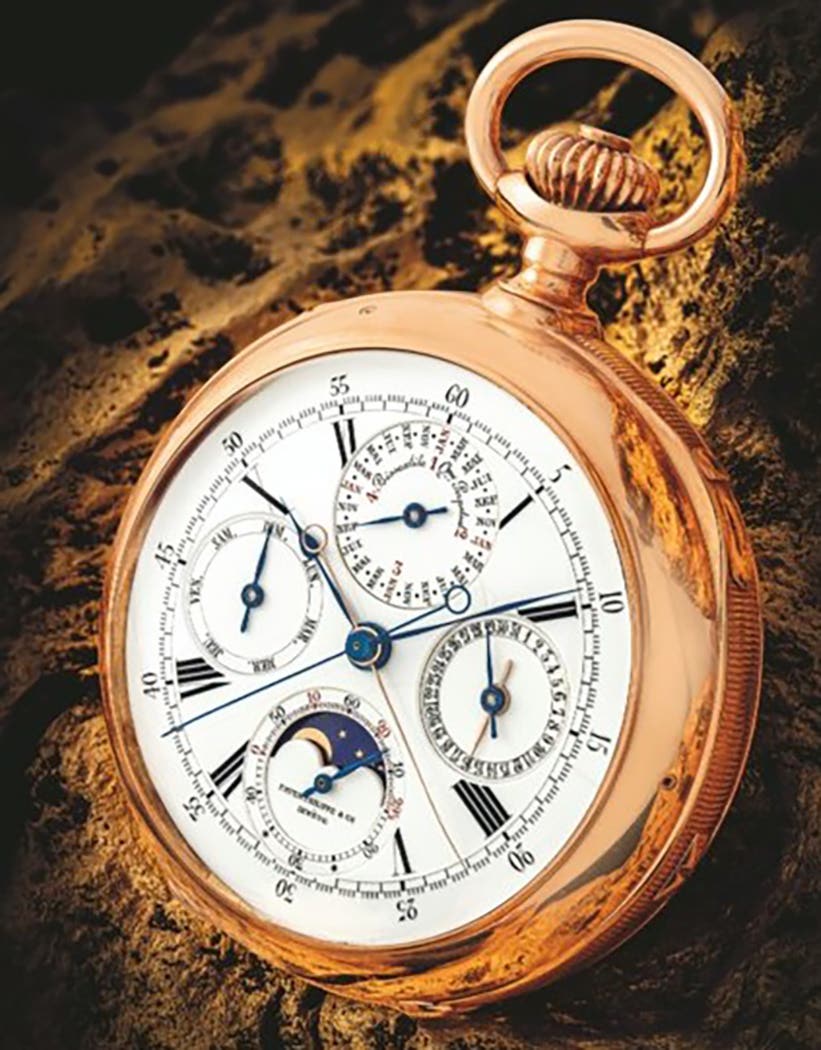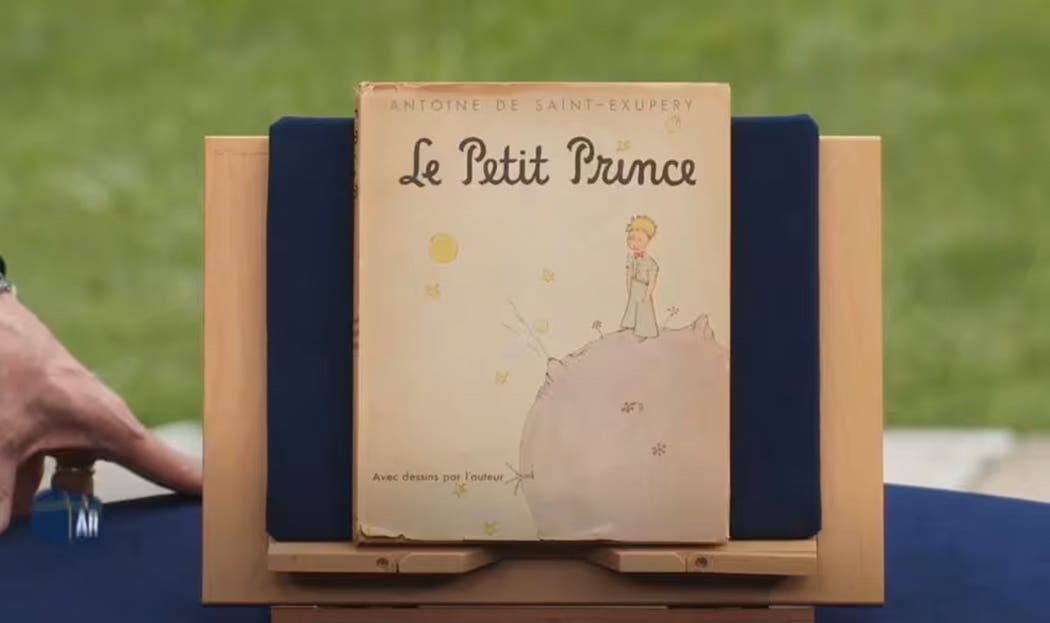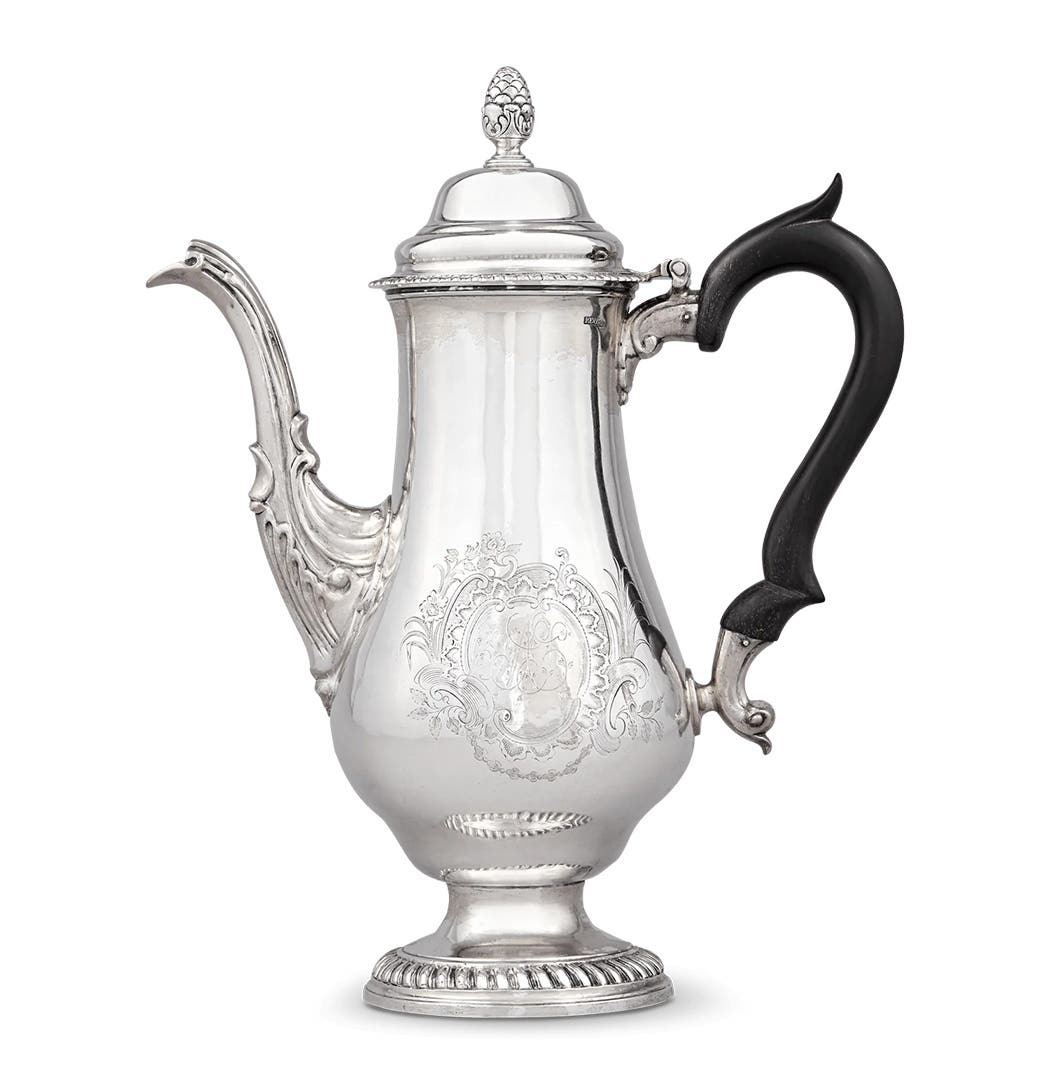‘Enigma’ ciphering machine of 1939 may command $44K
Historic German ciphering machine is coming before bidders Nov. 7, during an auction offered by Auction Team Breker. The machine may realize $44K.
GERMANY -- Twenty-two billion codes. The number is hard to visualise: 22,000,000,000, an eleven-figure number. Twenty-two billion: the number of possible code combinations on the "Enigma" ciphering machine designed by Dr. Arthur Scherbius of Berlin in 1923.
In order to demonstrate the enormity of the number to its customers, the Chiffriermaschinen Aktiernsgesellschaft in Berlin used the following model: "If a man worked continuously day and night and tried a different cipher-key every minute, it would take 42,000 years to exhaust all combination possibilities".
The story of the Enigma's decryption is almost as complex. The seemingly impenetrable cyphers posed a serious problem for the British Navy after 4-rotor Enigma machines were incorporated into Atlantic submarines in 1942. Decryption required access to the German code books and a list of daily settings.
In attempting to crack the Enigma's code, mathematicians Alan M. Turing and Alfred Knox, working for the Government Code and Cypher School, developed the first programmable electromagnetic computer (the "Colossus") at Bletchley Park. The success, however, was only partly British as their techniques were indebted to the work of Polish cryptologist Marian Rejewski and the capture of an abandoned U-559 submarine – complete with Enigma and its invaluable code books – by Allied forces in October 1942.
On offer in Auction Team Breker's sale on November 7 in Cologne, Germany, is an original, working Model K Enigma cyphering machine from 1939. Complete with its oak case, plaque, four matching rotors and additional lamp panel, the iconic device is expected to bring $22,000 – $44,000.
Fast forward ten years. John Blankenbaker, a first year physics student at Oregon State College, began designs for a computing device that could calculate using logarithms. In 1958 he published his description of the machine in an the article titled "Logically Microprogrammed Computers" and in 1970 decided to build an affordable computer for personal use. In the early days of the office computer even a small device cost thousands of dollars whereas Blankenbaker's goal was a simple computer that would cost no more than $500. His criteria were that the computer should be educational, give user satisfaction with simple programmes and demonstrate as many programming concepts as possible. The result was the Kenbak-I, the first commercially available personal computer. Not only was the Kenbak-I offered for sale at almost the same price as Steve Wosniak's Apple I, it pre-dated its successful follower by five years. Why did the Apple Inc. succeed where the Kenbak Corporation failed?
The answer lies in the marketing. The Kenbak-I was perhaps too good. The 8-bit machine offered 256 bytes and input and output via switches and lights. Its accessibility made the computer seem like a perfect teaching tool, so Kenbak Corporation focused its marketing on schools rather than the private individuals who would appreciate the "fun aspects" of computing. Unfortunately for Blankenbaker and his five investors, the university students and young professionals who made up Apple's customer base (in 1979 as well as today !) were to prove a more viable market. The result was a well-designed and professionally-produced computer that outstripped Apple in terms of usability, but is today virtually unknown. Of the 40 odd units produced between 1971 - 1973, only 10 are thought to have survived. As a posthumous nod of recognition, a panel of judges (one of whom was Apple inventor Steve Wozniak) at the Boston Computer Museum voted the Kenbak-1 the first commercially available personal computer.
"One will travel to the Moon, to the planets and to the stars as easily, rapidly and safely as one travels from Liverpool to New York today." Jules Verne, From Earth to the Moon, 1865.
A group of six astronomers decide to travel to the moon. They build a bullet-shaped rocket and launch it from a huge canon with the help of female marines in bathing suits. The rocket approaches the moon and hits it in the eye. George Méliès' 1902 film "Voyage dans la Lune" contains elements of a dystopian vision but is directed with such charm that its vivid colour scheme of hand-applied anodine dyes and mechanical card sets make it seem like a dream. Méliès was not only one of the first film-makers to use trick photography for special effects, but also a stage magician, creator of mechanical illusions and owner of the Theatre Robert Houdin on the Boulevard des Italiens in Paris. Little wonder, then, that the inspiration for his iconic image of the full moon as a human face may have come from an automaton.
Auction Team Breker will also be offering an example of Gustave Vichy's rare smoking automaton "Lune Fin de Siècle" - one of the most iconic and surreal musical toys of the 19th century. "Lune Fin de Siècle" was described by Léo Claretie in his account of the French toy industry Les Jouets, Histoire-Fabrication, written in around 1894, as "a young man whose head is a full moon, bright and shining, balancing in clouds of smoke".
Vichy's German retailer Gustave Uhlig of Halle presented the piece in his 1894 catalogue as a romantic image, "a man in love", yet the automaton's title and the artfully crumbling pillar seem intended to imply a weariness with decadence and dandyism as the century wound to a close.
Another automaton in the auction is more remarkable still. The "St. Francis" Clock of circa 1840 is a complex creation depicting a praying figure in a papier-mâché grotto. The clock has three separate motors: for time, the figure and the music. A four-gear train with rack-and-pinion concealed in the rocky landscape enables the saint to rise from a seated to a standing position and then fall to his knees before the crucifix as he performs his mea culpa with a series of complex gestures. The actions are accompanied by the sound of gongs signalling the matins and a fine six-air key-wind musical movement. Figure and scenery bear a strong resemblance to the portraits of St. Francis kneeling in meditation by 'El Greco' (Doménikos Theotokópoulos: 1541-1614) painted from 1585-1590. In the paintings the hermetic saint is shown kneeling before a crucifix which stands beside a skull and a devotional book on a rock altar.
In the St. Francis Clock the posture of the saint, crucifix, book, grotto and the earthy palette of the painting are all replicated. The devotional subject is highly unusual for a 19th century automaton, suggesting a special commission for a patron with a taste for the Gothic.
Mystery, spirits and supernatural terrors experienced in a landscape characterised as awful, melancholy and grand were the ingredients of Gothic fiction, at the height of its popularity in Britain from around 1790 – 1830. Gothic novels such as The Mysteries of Udolpho by Ann Radcliffe (1794) and The Monk by Matthew Lewis (1796) influenced the reading public's perception of landscape. The representation of landscape and nature also played a role in the world of mechanical music, from the urban landscape of the water-powered Mechanical Theatre of Hellbrunn (1748-1752) to the musical picture clocks produced a century later in Paris and Vienna.
A description of Pierre Jaquet-Droz's lost automaton "The Grotto" mentions "a contrast between art and nature, an arrangement of rocks and gardens, of huts and pieces of architecture". Landscape could be as wild and mysterious as in the "St. Francis" clock or as cultivated and placid as the view of Baden found on the inner lid of a fine musical gold vinaigrette by Moulinié, Bautte et Moynier.
The natural motifs are continued on the lid's exterior, decorated with repoussé buds, leaves and a relief of turquoises. The same firm produced a series of musical vinaigrettes with enamelled landscapes depicting European cities such as Geneva, Chamonix and Sèvres. The minature views would have provided wealthy patrons a reassuring image of the pastoral and urban worlds harmoniously joined, yet clearly defined, at a time when the industrial revolution had already started to erase the border between town and country.
Even before the invention of Daguerreotype photography in 1839, developments in the production of optics led to a new interest in perspective. In Britain fashionable landscape gardeners or 'improvers' such as Humphry Repton were reshaping great estates to create pleasing perspectives of woodland, ornamental lakes and decorative neoclassical buildings. This artificial landscape, designed to appear natural, was often separated from the pasture beyond by a ha-ha, a trench or sunken fence that provided a boundary without interrupting the view.
In continental Europe, peep boxes for studying "vue d'optiques" (paper perspective views) through a lens became a fashionable novelty. Smaller examples such as the "Polyorama Panoptique" were sold as toys in France during the mid-nineteenth century. The Parisian maker Xavier Tharin used layered landscapes of hand-coloured lithographed paper for his mechanical picture clocks. Making use of fore, middle and background, Tharin created a sense of movement in several planes. An example in Breker's forthcoming auction has ten movements, including a friar reading in a tower room, boats bobbing on the harbour, a locomotive crossing a bridge and a watchtower flag fluttering in the breeze. The key-wind cylinder musical movement plays operatic airs by Verdi and Meyerbeer.
Tharin combined a stock of lithographed images to create different scenes. His animated blacksmith's shop was described in Silber & Fleming's catalogue of 1884: "Very effective Mechanical Piece, representing a Smith's Forge, with decorated cardboard figures. Two men making horseshoes, one man shoeing horse, one man blowing bellows, which work in a very natural manner..."
The architecture of the cavernous room and the sunlit street may be purposely romantic, recalling a pre-industrial era, but the modern dress of the rider places the scene firmly within the 19th century. Architecture as well as landscape influenced the mechanical music-makers. The German court clock-maker Christian Ernst Kleemeyer (born circa 1739) incorporated architectural motifs such as pillars, shields and statuary in his organ clocks. The example in Breker's sale has fluted mahogany column upon a pedestal base that houses the weight-driven organ movement and spirally-pinned barrel. The timepiece is housed in an ebonized urn with lion's head handles and a plaque engraved: "Nur die Gegenwartige Minute darff der Mensch seyn nennen" ("Only the present minute belongs to man"). The style of the column is rather different from the crumbling classical pillar of Vichy's "Lune Fin de Siecle" but the message of temporality is very similar.
The auction also includes a wonderful selection of mechanical circus-themed toys, such as the Clown Taking Snuff by Adolph Müller $4,400 – $6,600, a juggler with a series of three interchangeable objects to balance upon his nose $2,200 – $4,400 and a Roullet et Decamps "Spanish Dancer" given by Tsar Nicholas of Russia to Princesses Olga and Elizabeth of Greece during the first years of the 20th century ($4,400 – $6,600).
Complementing the circus theme is a set of miniature working fairground models: whirling carousels, an illuminated ferris wheel, an octopus ride, caterpillar and swing boats throw a nostalgic look back at a vanished age. Full-sized carousel animals are also on offer in the form of a galloping horse by Heyn, a jumping goat and a rare Spanish lion.
Additional highlights from the auction can be seen at www.breker.com. Videos are available at www.youtube.com/auctionteambreker.








